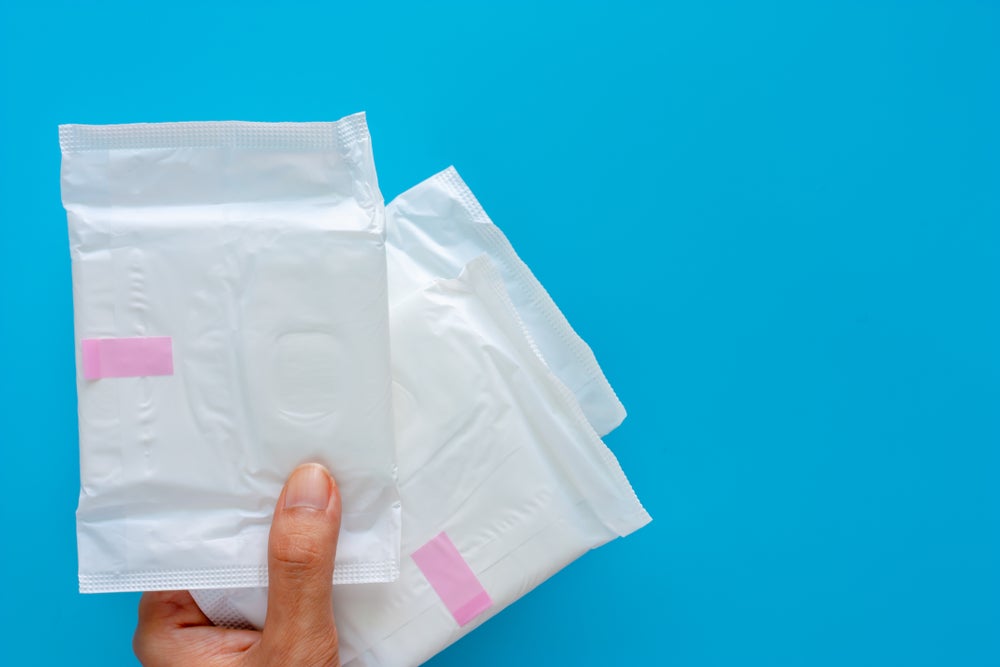Home / Business and Economy / Absorbent Pads Evolve: Sustainable Solutions Reshape Packaging Industry
Absorbent Pads Evolve: Sustainable Solutions Reshape Packaging Industry
10 Oct
Summary
- Biodegradable absorbent pads using PBAT and TPS materials
- Manufacturers adopting eco-friendly materials and recyclable designs
- Absorbent pad market projected to grow from $3.82B in 2024 to $5.84B by 2032

As of October 10th, 2025, the absorbent pad industry is undergoing a significant transformation, driven by the need for sustainable packaging solutions. Traditionally, absorbent pads have relied on materials like cellulose, silica gel, and super absorbent polymers (SAPs), but recent innovations have introduced biodegradable alternatives.
These new absorbent pads, made with PBAT (polybutylene adipate terephthalate) combined with thermoplastic starch (TPS), offer compostable options without sacrificing absorbency. This positioning them as a key solution for sustainable packaging across multiple industries, from food to healthcare.
Manufacturers are also adopting other eco-friendly measures, such as using recyclable designs and production methods with reduced carbon footprints. These sustainability initiatives are not just driven by regulatory compliance but also by the growing demand from eco-conscious consumers who prioritize responsible packaging in their purchasing decisions.
The absorbent pad packaging market is poised for significant growth, with projections indicating an expansion from $3.82 billion in 2024 to $5.84 billion by 2032. This rapid expansion is fueled by rising consumer demand for hygienic and fresh products, stricter regulations, and technological advancements in the field.
As the industry evolves, the future of absorbent pad packaging lies in smart, sustainable designs that protect products, reduce waste, and meet the growing expectations of consumers and regulators alike. The industry is set to become increasingly innovative and eco-conscious, reflecting the global trends towards responsible packaging and product safety.




